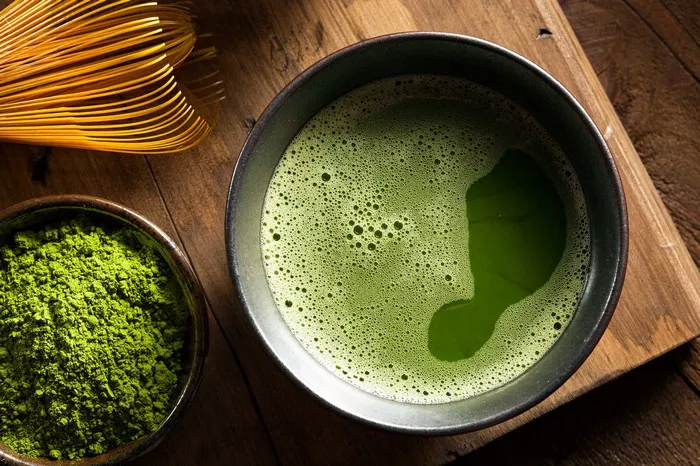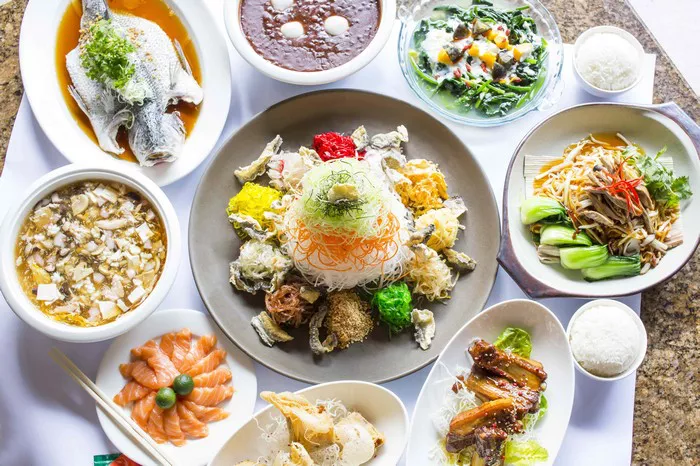China, with its rich history and diverse cultural heritage, is renowned for its tea production and consumption. Tea holds a special place in Chinese society, with a long-standing tradition that dates back thousands of years. It’s not surprising that China is the largest producer and consumer of tea in the world. If you’re curious to know what the most popular tea in China is, join us as we explore the fascinating world of Chinese tea and discover some of the nation’s beloved tea varieties.
The Love Affair with Tea: A Cultural Staple
Tea has been an integral part of Chinese culture for centuries, deeply ingrained in the daily lives of its people. Chinese tea culture is rich and diverse, encompassing a wide range of traditions, rituals, and brewing methods. Tea is not just a beverage; it’s an art form and a means of social connection.
The Big Three: Green, Black, and Oolong Tea
When it comes to the most popular types of tea in China, three main categories stand out: green tea, black tea, and oolong tea. Each of these teas has its own unique characteristics and is beloved by tea enthusiasts across the country.
1. Green Tea: Refreshing and Rejuvenating
Green tea holds a special place in Chinese tea culture and is widely consumed throughout the country. It is known for its vibrant green color, fresh aroma, and delicate flavor. Some of the most famous green teas in China include:
Longjing Tea: Also known as Dragon Well tea, Longjing tea is one of the most celebrated green teas in China. Grown in the picturesque West Lake region of Hangzhou, it has a smooth and nutty taste.
Bi Luo Chun: Grown in Jiangsu Province, Bi Luo Chun tea is famous for its curly leaves and fruity flavor. It is often enjoyed for its refreshing and aromatic qualities.
Mao Feng Tea: Hailing from Huangshan in Anhui Province, Mao Feng tea is characterized by its long, slim leaves and delicate taste. It is known for its sweet and floral notes.
2. Black Tea: Rich and Full-Bodied
Black tea, known as “red tea” in China, holds a significant place in Chinese tea culture and is gaining popularity among tea enthusiasts. It undergoes a full oxidation process, resulting in a rich, robust flavor and dark infusion. Some popular black teas in China include:
Keemun Tea: Grown in Anhui Province, Keemun tea is renowned for its complex aroma, which includes notes of fruit, flowers, and a hint of smokiness. It is often used in blends like English Breakfast tea.
Dian Hong Tea: Originating from Yunnan Province, Dian Hong tea is known for its golden buds and malty, honey-like flavor. It is a favorite choice for those who prefer a bold and full-bodied tea.
3. Oolong Tea: Fragrant and Floral
Oolong tea holds a special place in Chinese tea culture, with its distinctive characteristics and intricate processing methods. It falls between green and black tea, offering a wide range of flavors and aromas. Some notable oolong teas in China include:
Tie Guan Yin: Hailing from Fujian Province, Tie Guan Yin tea is highly regarded for its complex and floral flavor profile. It is often steeped multiple times to fully appreciate its depth.
Da Hong Pao: Grown in the Wuyi Mountains of Fujian Province, Da Hong Pao tea is known for its rich and roasted flavor, often with hints of chocolate and mineral notes. It is considered one of China’s most prized teas.
Regional Favorites: Tea Varieties by Provinces
Beyond the big three categories, different provinces in China are known for their unique tea specialties. Here are a few examples:
Pu’er Tea: Hailing from Yunnan Province, Pu’er tea is a post-fermented tea that ages over time, resulting in a distinct earthy and mellow flavor. It is often compressed into cakes or bricks for storage and aging.
Jasmine Tea: Jasmine tea, a scented tea made by combining green tea leaves with jasmine blossoms, is popular across China. It offers a fragrant and floral experience that is both soothing and refreshing.
Lapsang Souchong: Originating from Fujian Province, Lapsang Souchong tea is a unique black tea that is smoke-dried over pinewood fires, resulting in a distinctive smoky flavor and aroma.
Bubble Tea: A Modern Favorite
While traditional Chinese teas dominate the tea scene, it is worth mentioning the rise of bubble tea, also known as boba tea. Originating from Taiwan, bubble tea has gained immense popularity in China and worldwide. It is a sweet and creamy drink made with tea, milk, and chewy tapioca pearls, often served with a wide straw. Bubble tea comes in various flavors and has become a favorite choice among younger generations.
The Beauty of Chinese Tea Culture
Chinese tea culture is steeped in history, tradition, and appreciation for the art of tea. Whether it’s the delicate aroma of green tea, the robust flavor of black tea, or the complex profile of oolong tea, China offers a vast array of tea varieties to satisfy every palate.
Tea ceremonies, such as the Gongfu tea ceremony, embody the essence of Chinese tea culture. These ceremonies involve precise brewing techniques, meticulous attention to detail, and a focus on creating a tranquil and meditative atmosphere. They showcase the deep respect and reverence that the Chinese have for tea.
In Conclusion
While it’s difficult to pinpoint a single most popular tea in China, the country’s tea culture is vast and diverse, offering an extensive range of flavors, aromas, and brewing techniques. Green tea, black tea, and oolong tea stand out as the three main categories, each with its own distinct characteristics and regional specialties. Chinese tea culture is not just about the beverage; it’s a way of life, promoting mindfulness, relaxation, and connection. So, whether you’re sipping a fragrant cup of Longjing tea or enjoying the boba pearls in a cup of bubble tea, the beauty and allure of Chinese tea culture are bound to captivate your senses and leave a lasting impression.

























